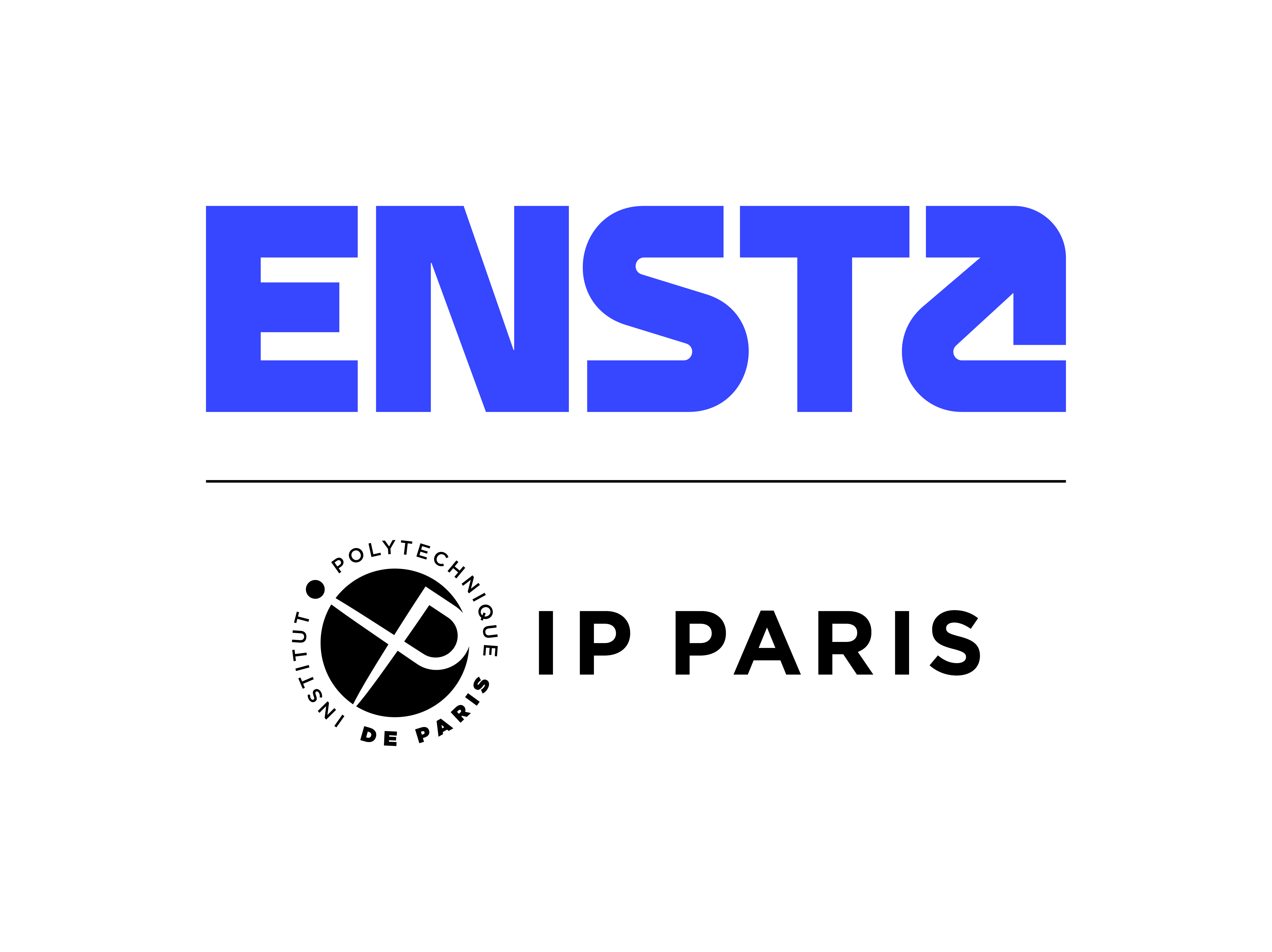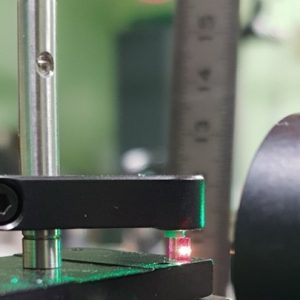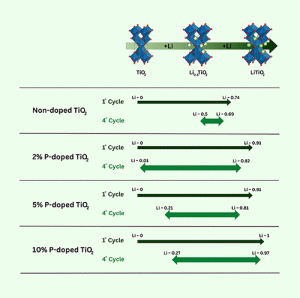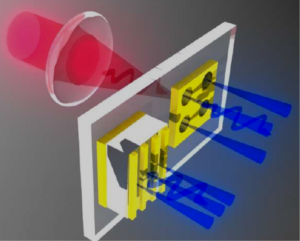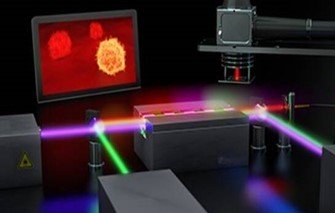While quantum computers promise to process certain classes of problems today considered beyond the reach of conventional computers (e.g. factoring large numbers) much more efficiently , quantum technologies as a whole offer even wider prospects, including quantum cryptography, which promises ultra-secure data exchanges, and the detection of very low-intensity electric and magnetic fields, essential in fields as varied as biomedicine, geophysics and precision metrology.
The QUANTUM group at the Laboratoire d'Optique Appliquée (ENSTA-CNRS-École Polytechnique Joint Research Unit 7639), led by Davide Boschetto, Professor at ENSTA, and Hamed Merdji, Director of Research at École Polytechnique, has set itself the goal of exploring the frontiers of these technologies by combining complementary areas of expertise.
These approaches aim to deepen fundamental and applied knowledge of next-generation materials, such as quantum materials, ultra-fast switching materials, materials dedicated to light emission and detection, materials for rechargeable batteries, as well as those designed for quantum sensors.
This research is paving the way for advanced applications such as ultrafast transistors, ultra-sensitive detection of electric and magnetic fields, and ultra-high-resolution imaging. In addition to fundamental scientific breakthroughs, they offer concrete spin-offs for medicine (more precise diagnostics, non-invasive approaches) and for the energy transition (more efficient “green” batteries).
In concrete terms, LOA's QUANTUM group is organized around 5 axes: femtosecond spectroscopy of quantum materials; quantum sensors; ultra-fast processes in rechargeable batteries; attosecond quantum photonics, and quantum imaging.
The second axis, "quantum sensors", focuses on ways of using these quantum materials as sensors, whether semiconductor-based quantum boxes or defects in diamonds enabling electrons to be trapped, with the ambition of achieving electric and magnetic field measurement sensitivities far superior to what is currently available.
The fourth axis, "attosecond quantum photonics", focuses on the generation of photons entangled by harmonics (radiation composed of a set of harmonics of the laser frequency) generated in semiconductors irradiated by femto-second lasers. The aim is both to generate massively entangled states and to better understand the physics of high-order harmonic generation.
The fifth, "quantum imaging", aims to develop a new imaging technique based on the entanglement of pairs of photons (or groups of photons) produced by a single fiber laser source. The aim is to create a correlated "remote action" between two beams, to improve resolution and sensitivity for applications such as virus imaging or molecular structure characterization.
To find out more, follow the link below

